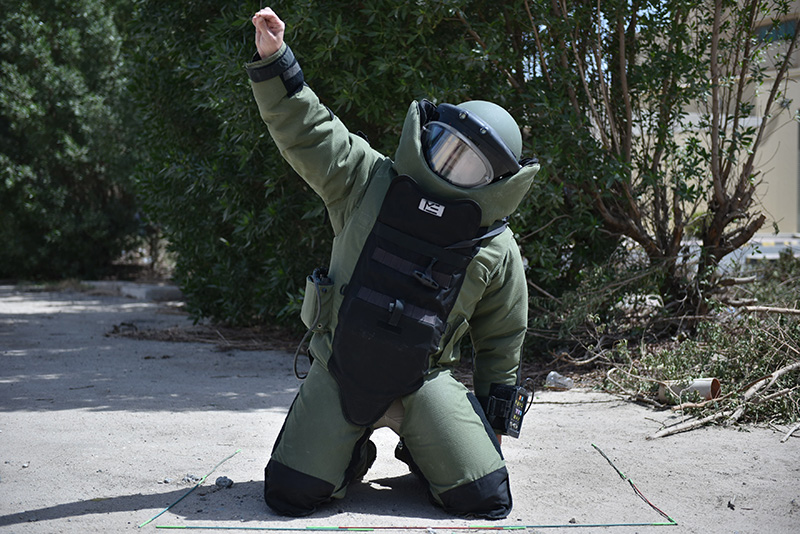Between 1979 and 1990, internal and regional conflict in Nicaragua led the country to become a major proxy-battleground of the Cold War.
A legacy of mines and explosive remnants of war (ERW) long posed a dangerous risk to local communities in Nicaragua.
While the Nicaraguan government was able to announce itself as clear of landmines in 2010, historic unexploded ordnance (UXO) contamination is still a problem.
Furthermore, ongoing local conflict compounds the explosive threat risk in this region.
In countries emerging from conflict, major weather events can create additional challenges relating to explosive threats. Examples of this include mines being swept out to sea or buried, or earth movements dislodging previously buried hazards.
In the aftermath of Hurricane Mitch, SafeLane provided battle area clearance of over 500,000 square meters in support of humanitarian reconstruction activities in Nicaragua.


